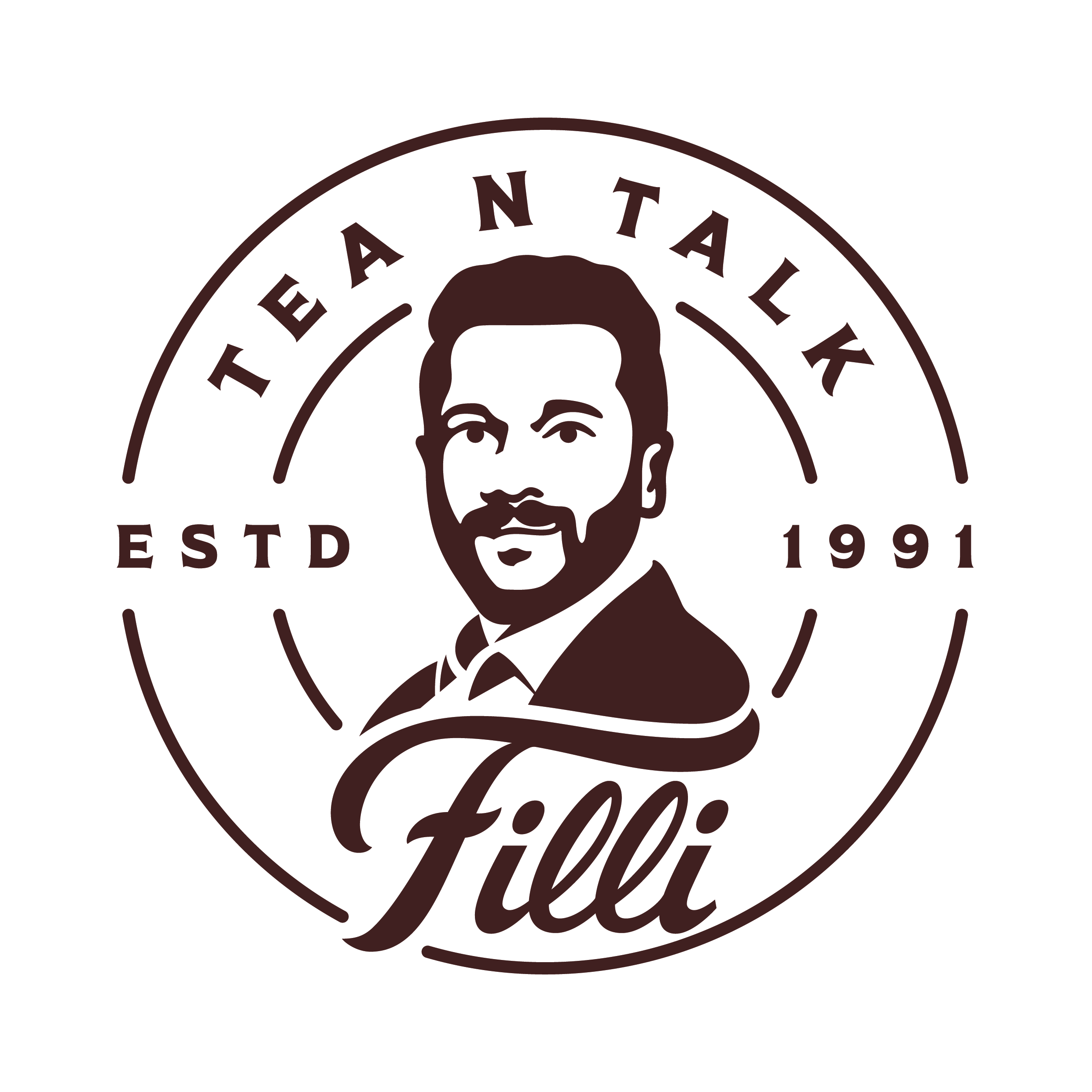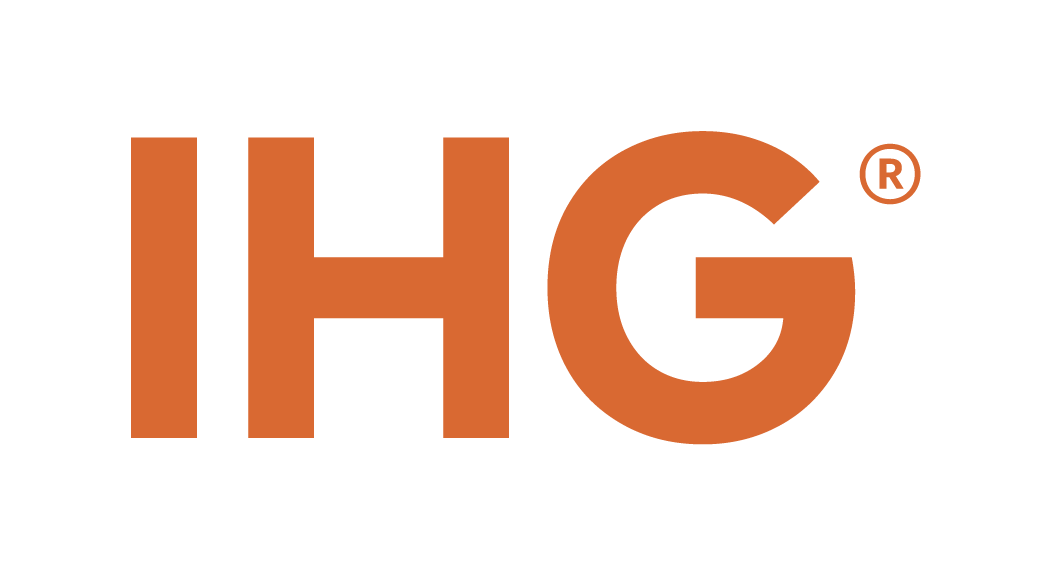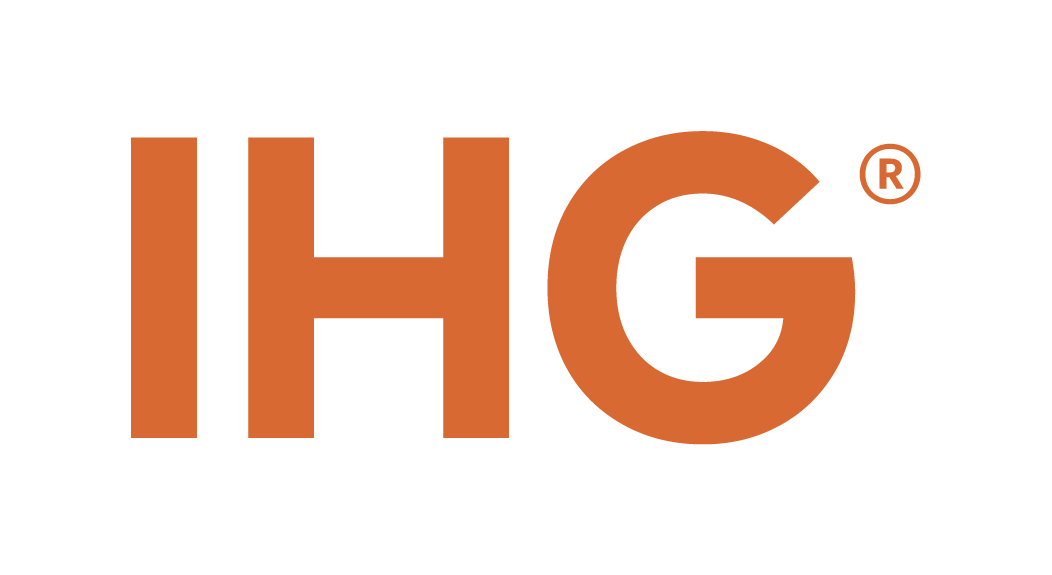Information
-
Audit Title: First Party Audit Check List T1
-
Client / Site
-
Conducted on
-
Prepared by:
-
Location
-
Personnel
undefined
PHASE 1 - ADMINISTRATION
PHASE 1 - ADMINISTRATION- ORGANISATION/DIVISIONAL
-
Do all catering personnel have a notebook and pen?
-
Are there SOPs for how catering personnel are managed?
-
Are catering personnel aware of career progression opportunities and counselled on a regular basis?
-
Are duty statements for each rank provided?
-
Do duty statements reflect duties and responsibilities being undertaken by staff?
-
Are staff qualified to carry out duties and responsibilities of assigned position?
-
Are staff aware that all WHS events are to be recorded and reported in Sentinel?
-
Are duty rosters issued with sufficient time to allow staff to plan personal time?
PHASE 1 - ADMINISTRATION - TRAINING
-
Is kitchen induction training conducted for all military and civilian contractor staff upon initial employment?
-
Is mandatory military training conducted at the commencement of each year?
-
Are resources available for continuation training?
-
Is time allocated to continuation training?
-
Determine if a Training Plan and Training Log (listing training conducted) are held incorporating all activities undertaken by Food Services staff (corps specific and ancillary).
-
Are unit personnel Trade progression records up-to-date and time allocated to allow for personal development? Ie completion of trade requirements or course preparation.
PHASE 1 - ADMINISTRATION - NOTICEBOARDS
-
Determine if Safety signs/posters are: 1. Placed in a prominent position. 2. Easily understood. 3. Close to the hazard. 4. In good repair. 5. Includes instructions for treatment of Electrical Shock.
-
Are delegates IAW Defence WHS Manual posted?
-
Are relevant collective training programs posted.
-
Is the Building Emergency Response Plan (BERP) posted.
-
Are relevant individual training programs posted.
PHASE 1 - ADMINISTRATION - FOOD COMMODITY MANAGEMENT
-
Does the catering manager have a financial delegation and manage the account IAW their service instructions?
-
Does the catering manager have full visibility of the financial state of the food services account?
-
Are all foodstuffs purchased from standing offers, approved suppliers or within the Defence Procurement Policy?
-
Are the food commodity accounts records restricted to those who are responsible for their maintenance?
-
Are fraud controls and Risk Management techniques utilised? Electronic Supply Chain Manual (ESCM), volume 4, section 3, chapter 1.
-
Is the food account being correctly maintained?
-
Is there evidence that reports of contractor performance (good and bad) are forwarded to the local Contract Authority and relevant Command Authority?
-
Is all relevant ration paperwork retained for audit purposes?
-
Is the daily plate count recorded or daily personnel stats recorded?
PHASE 1 - ADMINISTRATION - MENU AND NUTRITION
-
Are menus written IAW DEFLOGMAN Volume 4, part 2 and SUPMAN 4?
-
If cyclic menus are used are they signed by an appropriate delegate?
-
Do catering arrangements exist for any personnel with specialist dietary requirements?
-
Is the weekly menu displayed in all messes prominently on the notice board or at the entrance to the servery line?
-
Are nutritional requirements met IAW DEFLOGMAN Volume 4, part 2 and SUPMAN 4?
-
Is portion control used to minimise waste?
-
Has on-job-training and continuation training being recognised within the menu?
PHASE 2 - SAFETY
PHASE 2 - SAFETY - GENERAL
-
Are staff aware of emergency form up points?
-
Are staff aware of emergency procedures upon outbreak or emergency?
-
Are staff aware of all relevant appointed safety officers?
-
No open dried goods
PHASE 2 - SAFETY - FIRST AID
-
Is staff first aid refresher training delivered annually?
-
Determine if the First Aid kit is readily accessible, fully stocked and regularly checked/replenished if items are expended/out of date.
-
Is there an identified first aid person for the kitchen or shift?
-
Strict stock rotation being observed
PHASE 2 - SAFETY - FIREFIGHTING
-
Are fire extinguishers serviced and in date
-
Are all personnel aware of the location of fire fighting appliances?
-
Have personnel been instructed in fire-fighting equipment and techniques?
-
Was an instruction recorded on staff records?
-
Are fire extinguisher/blankets adjacent to appropriate equipment (switchboards etc)?
-
Are written instructions displayed or available for all safety equipment?
-
Are personnel aware and educated in the operation of emergency/isolation ventilation shutdown procedures?
-
Is the remote activating system for installed fire-fighting system clearly labelled?
PHASE 2 - SAFETY - PERSONAL PROTECTIVE EQUIPMENT
-
Are food service personnel provided with adequate and suitable Personal Protective Equipment (PPE)?
-
Do personnel use PPE as per designated areas, tasks and chemical information?
-
Is PPE in good repair? (Ie: oven gloves, rubber gloves, breathing masks, safety goggles, eye protection and coveralls).
-
Have personnel trained in the use of the PPE?
-
Are there appropriate levels of PPE held and readily available?
PHASE 2 - SAFETY - SURFACES
-
Are the walls clean and free from cracks or chips?
-
Are the floors clean and free from cracks and chips?
-
Is the ceiling clean and free from mildew?
-
Are the benches clean, free from foodstuffs and cleaned regularly?
-
Are the drains clean of foodstuffs and drain freely?
-
Is the underneath of benches clean and clear of clutter?
PHASE 2 - SAFETY - LIGHTING AND VENTILATION
-
Is the emergency lighting system adequately maintained?
-
Is there emergency lighting in the refrigerated areas?
-
Is all emergency lighting visible at all times?
-
Are all areas adequately lit?
-
Are all the light fittings in good repair and clean?
-
Do all light fittings have an appropriate cover?
-
Are light covers accessible for cleaning?
-
Are light switches in good repair?
-
Are the ventilation hoods cleaned on a regular basis IAW manufactures instructions.
-
Is the ventilation utilised throughout the duration of kitchen operations?
-
Does ventilation function effectively?
-
Are ventilation controls easy to access?
-
When was the last time the exhaust trunking was cleaned, internally by contractors?
PHASE - 2 - SAFETY - ELECTRICAL
-
Is there a safety cut off switch?
-
Is it clearly visible?
-
Is it clearly marked?
-
Are electrical switches/fittings in good repair?
-
Are all personnel aware of the location of all isolation switches (gas, power and ventilation)?
PHASE 2 - SAFETY - GAS
-
Is there a safety cut-off switch?
-
It it clearly marked?
-
Is it readily accessible?
-
Is gas stored correctly?
-
Do staff know how to contain and react to a gas leak/fire?
-
Are all personnel aware of the location of all isolation switches (gas, power and ventilation)?
PHASE 2 - SAFETY - HANDLING AND LIFTING
-
Are signs posted for proper lifting techniques?
-
Is heavy equipment or containers of liquids at correct height for lifting?
-
Have personnel been trained on proper lifting techniques?
-
Are mechanical lifting devices provided to assist with lifting or carrying heavy loads?
-
Are personnel trained and competent on lifting devices?
-
Does the lifting equipment have clearly marked maximum load limits?
-
Do all personnel display appropriate skill when operating lifting equipment?
-
Do mechanical lifting devices have appropriate safety guards?
PHASE 2 - SAFETY- HAZARDOUS SUBSTANCES
-
Are Safety Data Sheets (SDS) available for all hazardous substances used?
-
Are SDS logs located at the entrance to all chemical store rooms?
-
Are all personnel fully acquainted with SDS and trained to undertake necessary action in an emergency?
-
Are chemicals safely stowed (segregated from food stores)?
-
Are all chemicals safely stored IAW manufacturers instructions?
-
Is a procedure in place for disposal of hazardous substances?
-
Are hazardous substances suitable for use in or on food surfaces?
-
Is there a spill kit available?
PHASE 3 - HACCP & FOOD SAFETY
PHASE 3 - HACCP & FOOD SAFETY - FOOD SAFETY PLAN (FSP)
-
Is there a Food Safety Plan (FSP) and is it endorsed by command?
-
Has a team been formed to develop and implement the FSP?
-
Do all personnel have an understanding of the FSP and the HACCP and the need for safety?
-
Is appropriate food handling techniques monitored and carried out in food service areas?
-
Do food service personnel conduct and comply with all appropriate food and personal hygiene requirements?
-
Is all documentation covering the FSP up-to-date, completed correctly and available for review on file?
-
Have FSP prerequisite programs been identified and documentation compiled correctly?
-
Have newly joined personnel (including cafeteria/mess personnel [Defence and civilians]) been inducted in food handling and food hygiene principles?
-
Are self-service activities being monitored during meal service?
-
Are bulk cool room and freezer room temperature logs being completed and kept up-to-date?
-
Are clean as you go routines encouraged and fostered by catering supervisors?
-
Is there a schedule for daily, weekly and monthly cleaning routines displayed and observed by all personnel?
-
Are food storerooms/cool rooms appropriately clean to meet food safety standards?
-
Have all temperature (digital) read-outs/gagues/dials etc on hot and cold holding equipment been calibrated as per maintenance and calibration schedules?
-
Have all probe/infrared thermometers been calibrated IAW the maintenance and calibration schedule?
-
Is all food service equipment readily identified for maintenance with the appropriate department?
-
Have preventative maintenance schedules been carried out on all food service equipment, as per maintenance schedules?
-
Are waste management procedures identified and in place for the correct disposal of waste and left over foods?
-
Are satellite food service facilities (flight line diners, in-flight cooking facilities, wardroom galley etc), cafeterias, sculleries and other dining facilities being maintained to a hygienic standard to meet food safety standards?
-
Is all food service utensils, cooks knives, crockery, cutlery, glass/plastic ware, chopping boards clean and sanitised?
-
Are first-in-first-out principles being observed when receipting, storing and using stock?
-
Are correct storage procedures being carried out, foods covered, labeled and stored?
-
Are raw and cooked foods covered and stored correctly to prevent cross-contamination?
-
Are correct thawing procedures known and being implemented? Ie: Are frozen food’s being removed from the freezer room and thawed in a cool room?
-
Following notification of a food product recall are procedures in place to quarantine the product for return to the supplier?
-
Does all food transport vehicles and containers meet the FSP requirements?
-
Have environmental Health/Medical unit or other regulatory and industry guidelines been utilised/consulted in the development and maintenance of the FSP?
-
Have newly recognised foodstuffs suppliers been reviewed and placed on approved suppliers list (recorded)?
PHASE 4 - STORE ROOMS
PHASE - 4 - STORE ROOMS - COOL ROOMS / REFRIGERATORS
-
Are seals clean and in good repair?
-
Are racks secure and clean?
-
Are the interior/exterior surfaces clean and free from food particles, mould and rust?
-
Are storage plans attached to doors?
-
Is there adequate ventilation?
-
Are all spillages cleaned immediately?
-
Are foodstuffs stored appropriately (unit not overloaded - placement)?
-
Are foodstuffs covered and stored appropriately?
-
Is the date/time information recorded on foodstuffs?
-
Are all products within best before dates?
-
Are holding temperatures correct?
-
Are temperatures recorded?
-
Is lightning appropriate?
-
In cool room is emergency exit signage in place and doors able to be operated from within?
-
Is a temperature log maintained?
-
Is access free from clutter?
-
Are cold rooms free from ice build up?
-
Are condenser fan intake/exits clear of dust and lint?
-
Are products stored to avoid cross contamination?
PHASE 4 - STORE ROOMS - FREEZERS
-
Are surfaces clean and cleaned/sanitised regularly?
-
Are products stored to avoid cross contamination?
-
Are door seals free from dirt and grime to allow correct closure?
-
In freezers; is the emergency exit signage in place and doors able to be operated from within?
-
Are food products covered and stored appropriately?
-
Is the date/time information recorded on stored foodstuffs?
-
Are all products within best before dates?
-
Are holding temperatures correct?
-
Are temperatures recorded?
PHASE 4 - STORE ROOMS - DRY STORE/BULK RATION STORE
-
Are surfaces clean?
-
Are products stored in such a way as to avoid cross contamination?
-
Are split or broken products cleaned up to reduce the possibility of vermin infestation?
-
Are racks and holding pins secure and clean?
-
Are the interior/exterior surfaces clean and free from food particles and rust?
-
Products are stored appropriately (not overloaded and placement)?
-
Are all products within best before dates and stock rotated?
-
Is the lighting appropriate?
-
Is emergency exit signage in place and doors able to be operated from within?
-
Is access free from clutter?
PHASE - 4 - STORE ROOMS - READY USE STORAGE
-
Is the storage adequate to meet requirements?
-
Is storage suitable for the purpose used?
-
Are shelves clean and free from dust?
-
Are stored items checked for shelf life?
-
Is access free from clutter?
PHASE 4 - STORE ROOMS - EQUIPMENT STORE
-
Are personnel involved in the storerooms and warehousing process adequately trained?
-
Is there a scheduled training program for staff?
-
Are lockers, racking, cabinets and shelving in good condition?
-
Is there adequate lighting?
-
Is the adequate ventilation?
-
Are racks and shelving free from rubbish, dust and debris?
-
Are storage plans/maps clearly identifiable?
-
Are there precautions in place to ensure storage areas are secure?
-
Has safety been observed for preservation, storage of heavy items?
-
Is there adequate drainage for cleaning?
-
Are items stable and secure?
-
Is the floor area free from obstruction?
-
Is all equipment in the store accounted for on the Supply Customer Account (SCA)?
-
Is equipment belonging to other areas identified and segregated?
PHASE 5 - GALLEY/ KITCHEN - EQUIPMENT
-
Are all operators trained to use the equipment?
-
Are machines adequately guarded to prevent inadvertent operation?
-
Are all safety devices affixed where appropriate?
-
Are hazard areas clearly marked and identifiable?
-
Are safety notices clearly visible?
-
Are hand tools relevant to equipment available?
-
Is the amount and type of equipment suitable for the task?
-
Is all equipment clean and in operating order?
-
Are operating instructions available for each item?
-
Are utensils and their storage areas cleaned.
PHASE 5 - GALLEY/KITCHEN - MAINTENANCE
-
Is a maintenance program for equipment in place?
-
Are records kept on maintenance of machinery?
-
When required, is the equipment repaired/replaced in a timely manner?
-
Is all equipment that requires calibration, calibrated and record kept?
-
Are manufacturers user manuals available?
-
PHASE 5 - GALLEY/KITCHEN - CLEANING SCHEDULES
-
Are FSP cleaning schedules available and completed correctly?
-
Are the correct chemicals available for all surfaces and equipment?
PHASE 5 - GALLEY/KITCHEN - SCULLERY/DISHWASHING AREA
-
Does the dishwasher temperature operate to operators instructions?
-
Do operating instruments exist for the dishwasher and clearly visible?
-
Have all staff read and understand the operation instructions?
-
Is the supply of dinnerware sufficient to cope with all expected meal periods?
-
Are the correct cleaning chemicals being used within the dishwasher?
-
Are the plate and cutlery dispensers cleaned regularly (inside and out)?
-
Are waste bins clean and in good condition?
-
Are waste bins labelled to identify what is to be placed in each bin?
-
Are waste bins easily accessible and not congesting traffic?
PHASE 6 - DINING AREA - MEAL PRESENTATION
-
Does the menu board reflect food displayed at the point?
-
Are the numbers of choices IAW the DCM?
-
Does the type of choices provide a good balance?
-
Are diner preferences taken into consideration?
-
Is the servery line expeditiously replenished during meal service?
-
Are the correct serving utensils being utilised on the servery/salad line and there is a sufficient amount?
-
Are healthy choices available, highlighted and advertised?
-
Is the food presented in a logical sequence?
PHASE 6 - DINING AREA - DINING ROOM
-
Is there adequate supply of napkins and cutlery provided for each meal?
-
Is the dining room equipment clean and operable IAW the FSP cleaning schedule?
-
Is there a selection of condiments suitable to support the menu available?
-
Are all dining tables cleaned and sanitised, on completion of each meal?
-
Are exit signs clearly marked?
-
Does the dining room layout allow a logical flow of diner movement?
-
Is the dining-room entrance free from congestion?
-
Is there sufficient staff to meet the feeding strength?
-
Are the fittings cleaned IAW the FSP cleaning schedule?
PHASE 7 - GARBAGE/PEST CONTROL
PHASE 7 - GARBAGE/PEST CONTROL - GARBAGE
-
Are all garbage types separated at relevant collection points?
-
Is blood contaminated plastic rinsed before storing for disposal?
-
Are bin liners and lids fitted to all units?
-
Is waste disposed in appropriate receptacles external to the kitchen/galley?
-
Are all bins routinely cleaned and sanitised IAW the FSP cleaning schedule?
-
Are all bins vermin and leak proof?
-
Are processes in place for when rubbish collection does not occur?
PHASE 7 - GARBAGE/PEST CONTROL - PEST CONTROL
-
Are there any signs of pests or vermin?
-
Is a pest control program in place and operating IAW the FSP?
-
Is the pest control register up to date?
-
If an automatic pest control (spray) is in place, is there a cleaning program identified for the commencement of the day?
PHASE 8 - RECEIVAL/DISPERSAL AREA
-
No home freezing is the area readily accessible to vehicles?
-
Is the area/dock free from clutter?
-
Are stores removed and stored from the receiving area in an acceptable time?
-
Is the area manned at all times or a method available for drivers to notify of their arrival?
-
Are out going items signed for when collected?
-
Are food item temperatures recorded upon collection?
-
Is instruction provided on the safe consumption times of food items provided?
-
Are forklift procedures in place?
PHASE 9 - EXTERNAL AREAS
PHASE 9 - EXTERNAL AREAS - DINER WATING AREA
-
Are waiting areas covered?
-
Are waiting areas large enough?
-
Are waiting areas clear from clutter?
-
Are waiting areas designed for good flow of diners?
-
Is a noticeboard provided for relevant information?
-
Is the daily menu available to diners in the waiting area?
PHASE 9 - EXTERNAL AREAS - STAFF SMOKING
-
Is there a designated smoking area?
-
Is the designated smoking area at a distance that meets Defence Instructions?
-
Is the smoking area free from dirt, butts and flammable items?
-
Is there observed evidence of staff exercising personal hygiene on entering the kitchen after smoking?
PHASE 9 - EXTERNAL AREAS - BASE SERVICE SUPPORT CENTRE (BSSC)
-
Are staff aware of the Service Connect site for service/maintenance requests?
-
Are staff aware in case of emergency, call BSSC directly on 1300 658 975
PHASE 9 - EXTERNAL AREAS - AMENITIES
-
Are staff toilets sufficient for numbers working in facility?
-
Are staff shower’s sufficient for number’s working in facility?
-
Do all personnel working in the facility have a personal locker and space for personal items?
-
Do the amenities have a cleaning schedule?
-
Are toilet amenities available for diners?
-
Is there a cleaning schedule for diner amenities?
-
Are hand wash facilities maintained in amenities for diners?
PHASE 10 - DEPLOYABLE CATERING EQUIPMENT
PHASE 10 - DEPLOYABLE CATERING EQUIPMENT- CHECK LISTS
-
Is equipment that is not on the building Supply Customer Account (SCA) segregated for identification purposes?
-
Is the equipment clean and serviceable IAW the FSP cleaning schedule?
-
Is appropriate fire fighting equipment available?
-
Is equipment appropriately marked with unit identification?
-
Are fuels stored appropriately?
-
If storage area is external to kitchen, are appropriate security measures in place?













